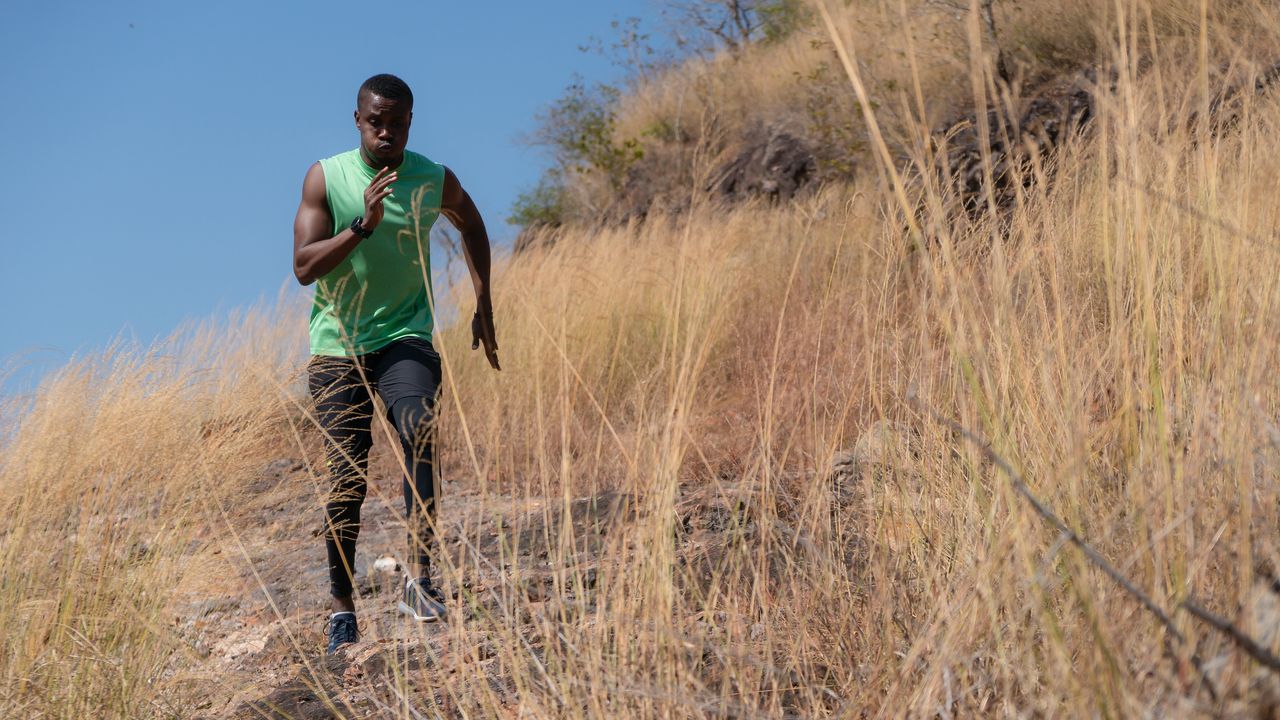"Ultrarunning day" is coming this Spring – here's everything you need to get started
Want to get away after lockdowns? Here's everything you need to know to start ultrarunning this World Ultrarunning Day


If you're like us, and you're bored of your house, flat or apartment, you might want to consider heading for the hills – literally. Ultrarunning – any distance longer than a marathon, which is 26.2 miles or around 42 kilometres. Common Ultra distances are 50 kilometres or more, although the truly committed can end up running double marathons, or greater distances paced over several days.
If you have taken part in a marathon before and are interested in going a step further, World Ultrarunning Day is on the way and the perfect time to get your feet wet. Set for May 1st as part of the virtual ULTRA festival, a challenge has been set for amateur athletes around the world to pool their distances, attempting to run the equivalent of two consecutive laps around the world in a sort of relay race.
Organiser Andy Nuttall said: “For the last year, what is normally a vibrant and buzzing community of tens of thousands of ultrarunners have been largely unable to run because of COVID restrictions. Much of the world is still in lockdown, but we’re pleased to be offering this opportunity for us all to focus on our sport.
"We hope to help boost runners and start them thinking about the next year and the opportunities for adventure and freedom that it will offer.”
Ultrarunning Day: How to get started
If you're already an experienced endurance runner looking to take things to the next level, Ultrarunning might be for you. First and foremost, you need some of the best running shoes for men or best running shoes for women. Good shoes will see you right on the roads, but if you're going off the beaten track, you'll need the best trail running shoes instead.
You'll need some of the best workout clothes: ideally something comfortable that won't chafe when worn for an extended period of time. Women will also require one of the best sports bra entries in our guide.
Get the Fit&Well Newsletter
Start your week with achievable workout ideas, health tips and wellbeing advice in your inbox.

The next bit is obviously the hardest: the training. As you would for a marathon, begin slowly and build up the distance, ending a few miles shy of your goal. Depending on your existing fitness level, you may need to train for 12 weeks, or you may need much, much longer. However, it's common knowledge among ultrarunners to resist overtraining, due to the sheer toll it can take on your heart, liver, kidneys and muscles.
"The completion of an ultra-marathon has no immediate health benefits", says a literature review into the sport. It's clear those who run the most extreme distances walk a very fine between positive and negative health, with overtraining a constant risk.
However, in more general terms, most moderate endurance running training provides enormous benefits to your lungs, cardiovascular health, gut health and, of course, weight loss. Even if you're not planning on ultrarunning anytime soon, Let the event inspire you to lace up your running shoes and go a little bit further.
Matt Evans is an experienced health and fitness journalist and is currently Fitness and Wellbeing Editor at TechRadar, covering all things exercise and nutrition on Fit&Well's tech-focused sister site. Matt originally discovered exercise through martial arts: he holds a black belt in Karate and remains a keen runner, gym-goer, and infrequent yogi. His top fitness tip? Stretch.
-
 A yoga instructor recommends practicing this pose if your lower back hurts at the end of the day
A yoga instructor recommends practicing this pose if your lower back hurts at the end of the dayYoga Ease stiffness with this beginner-friendly stretch
By Becks Shepherd Published
-
 Do this five-minute stretching routine while you're watching TV to bring some relief to stiff muscles
Do this five-minute stretching routine while you're watching TV to bring some relief to stiff musclesStretching Feel like you don't have time to stretch? Do it during your usual evening routine
By Alice Porter Published
